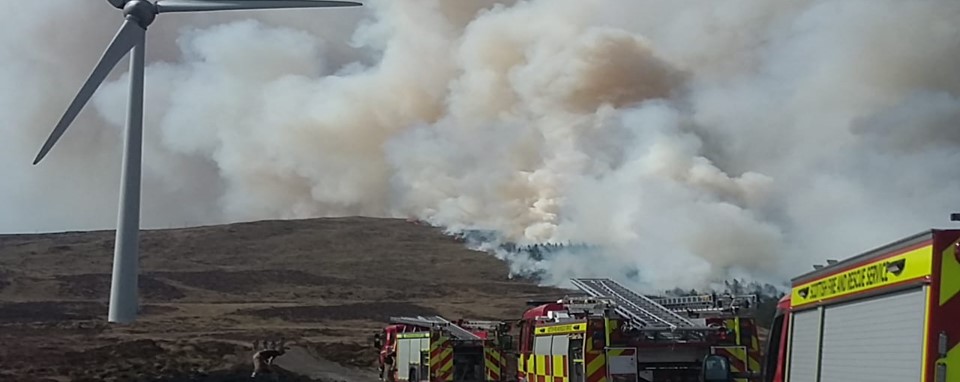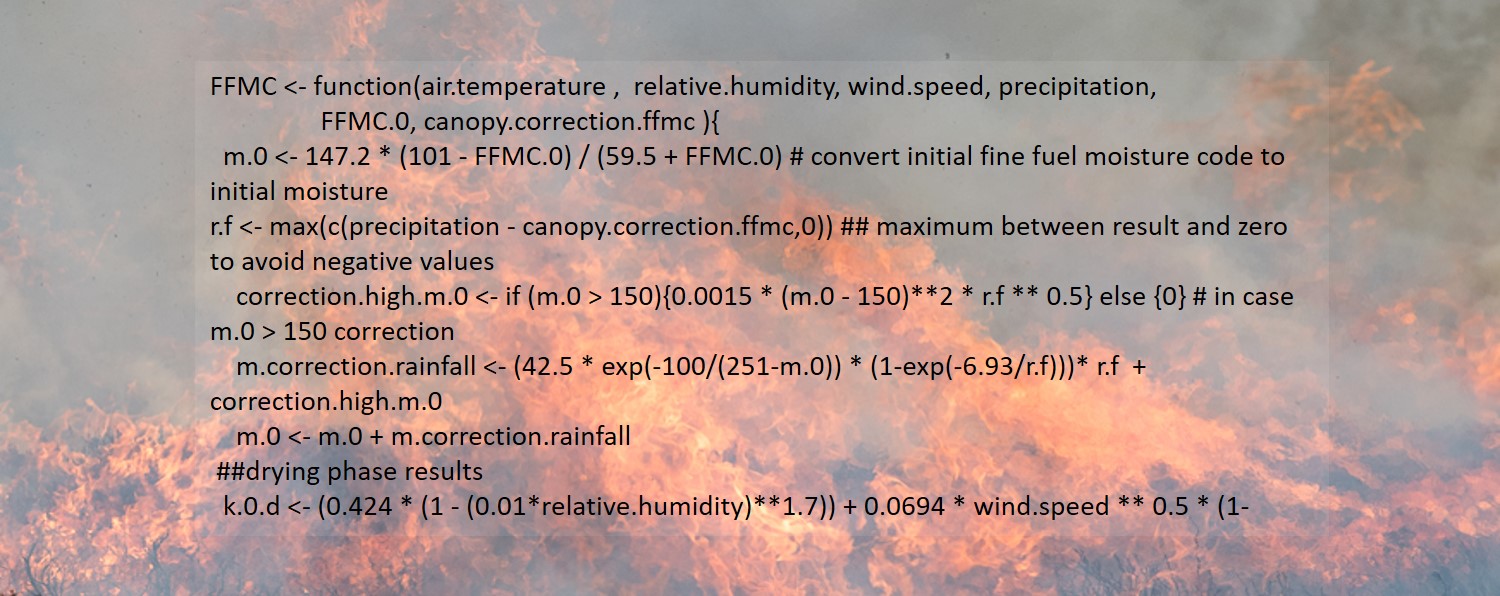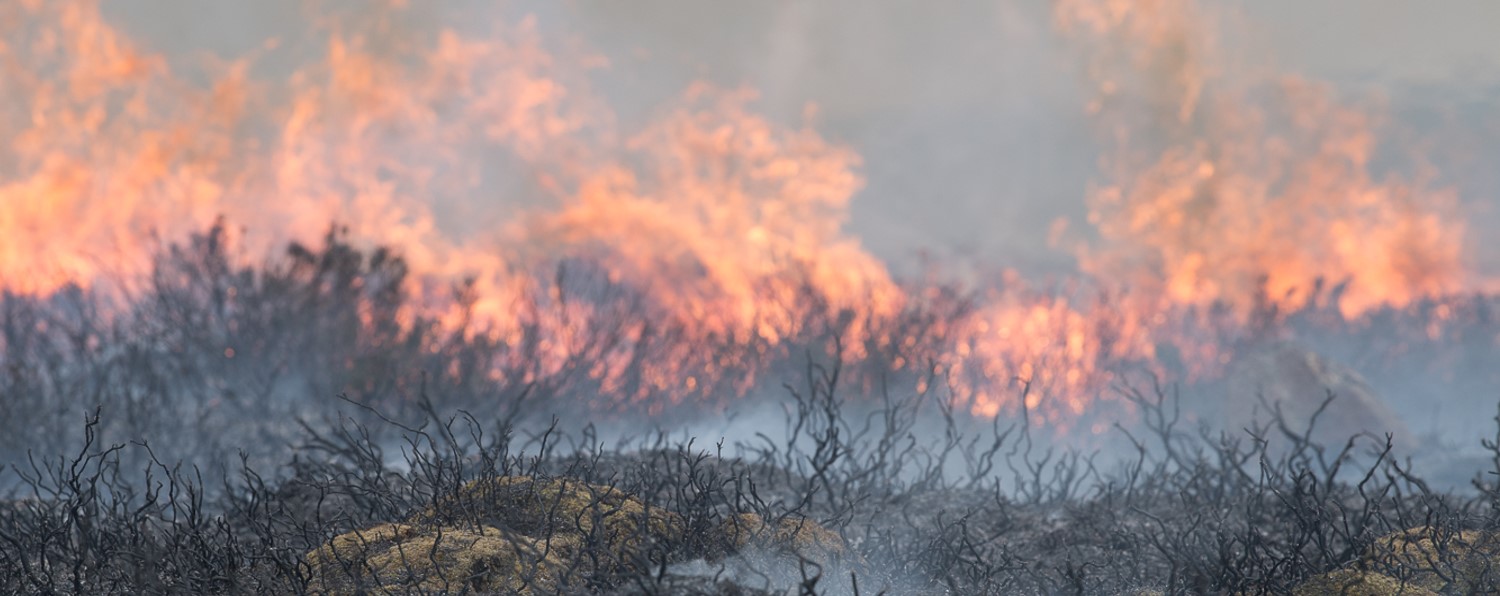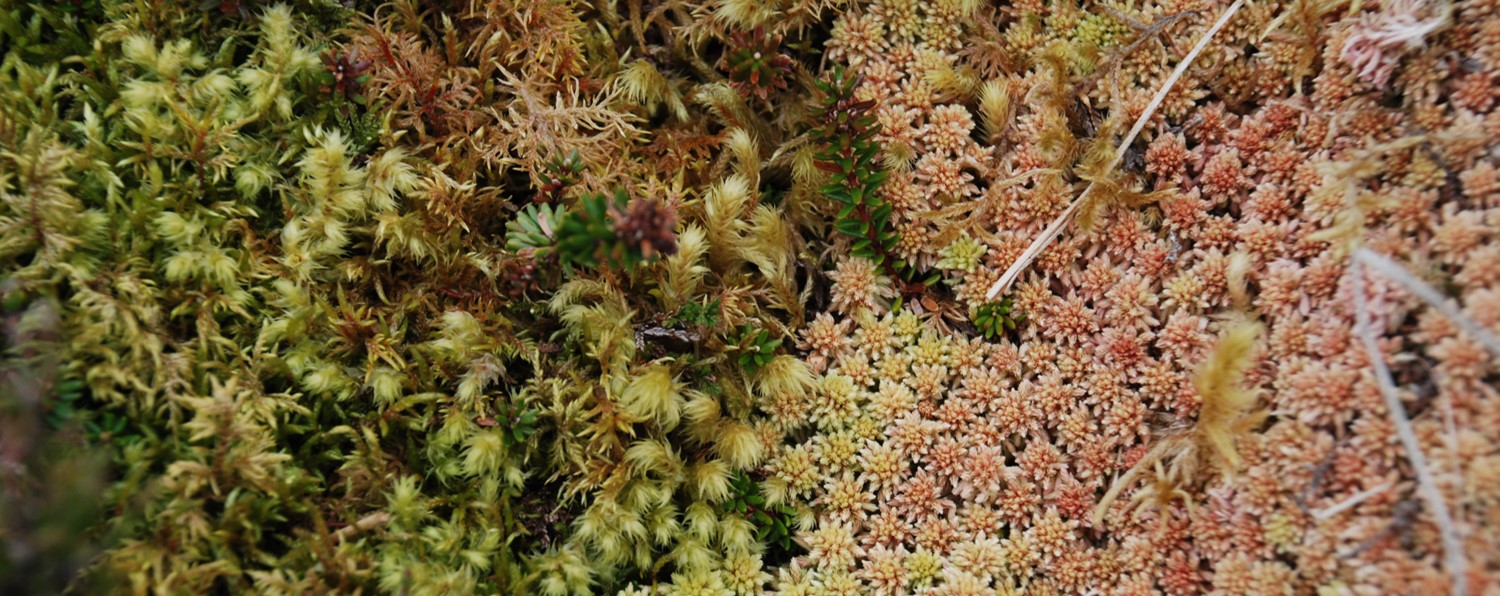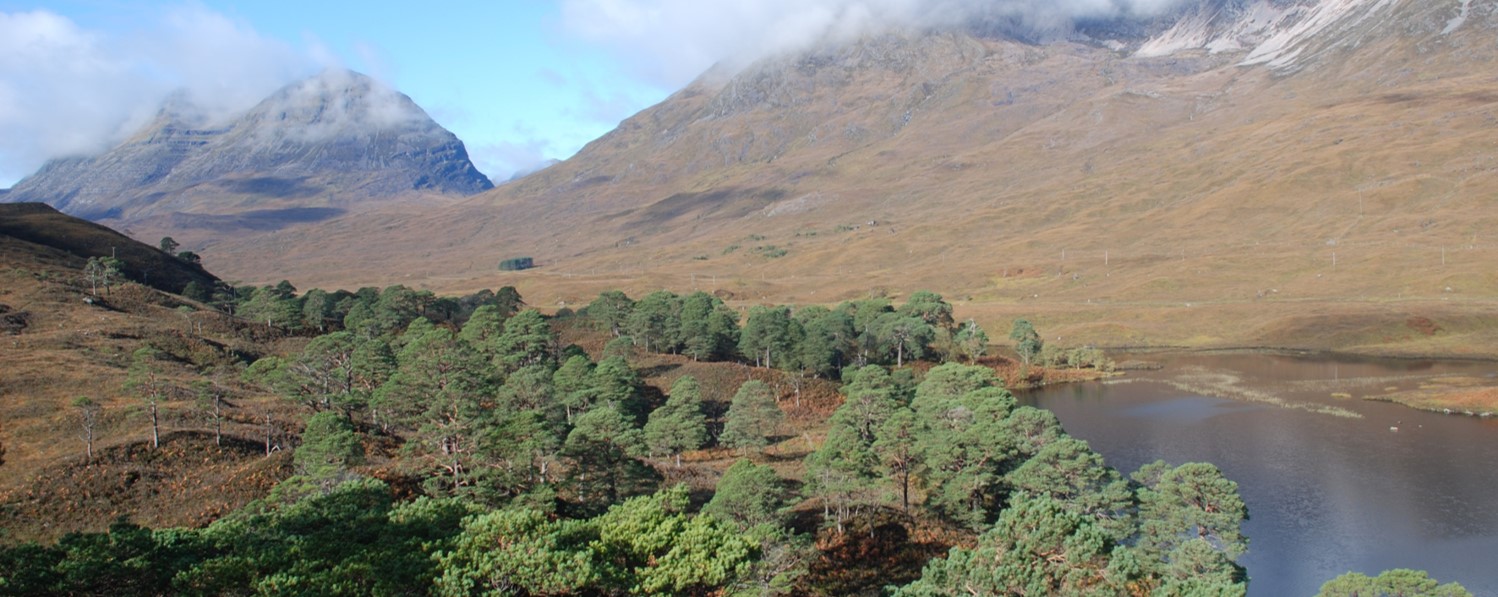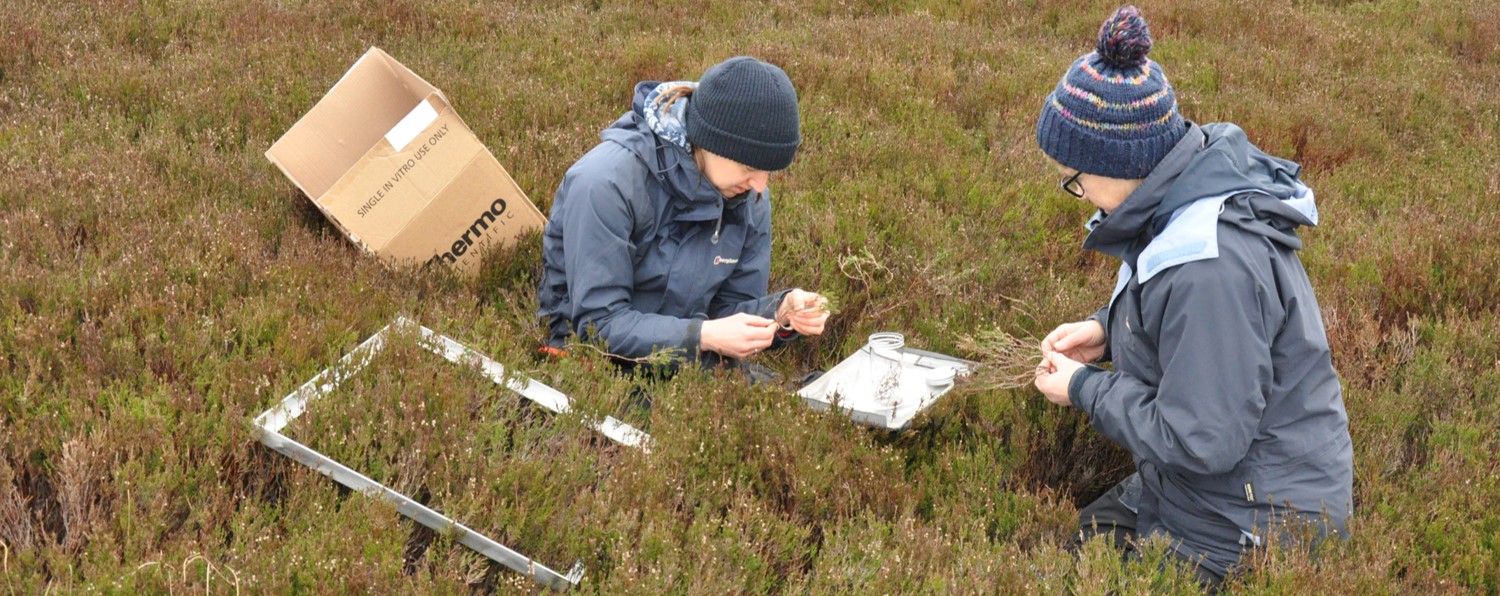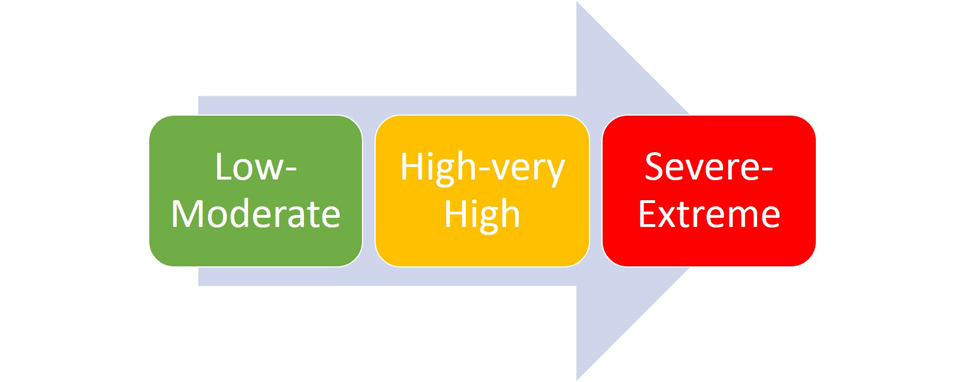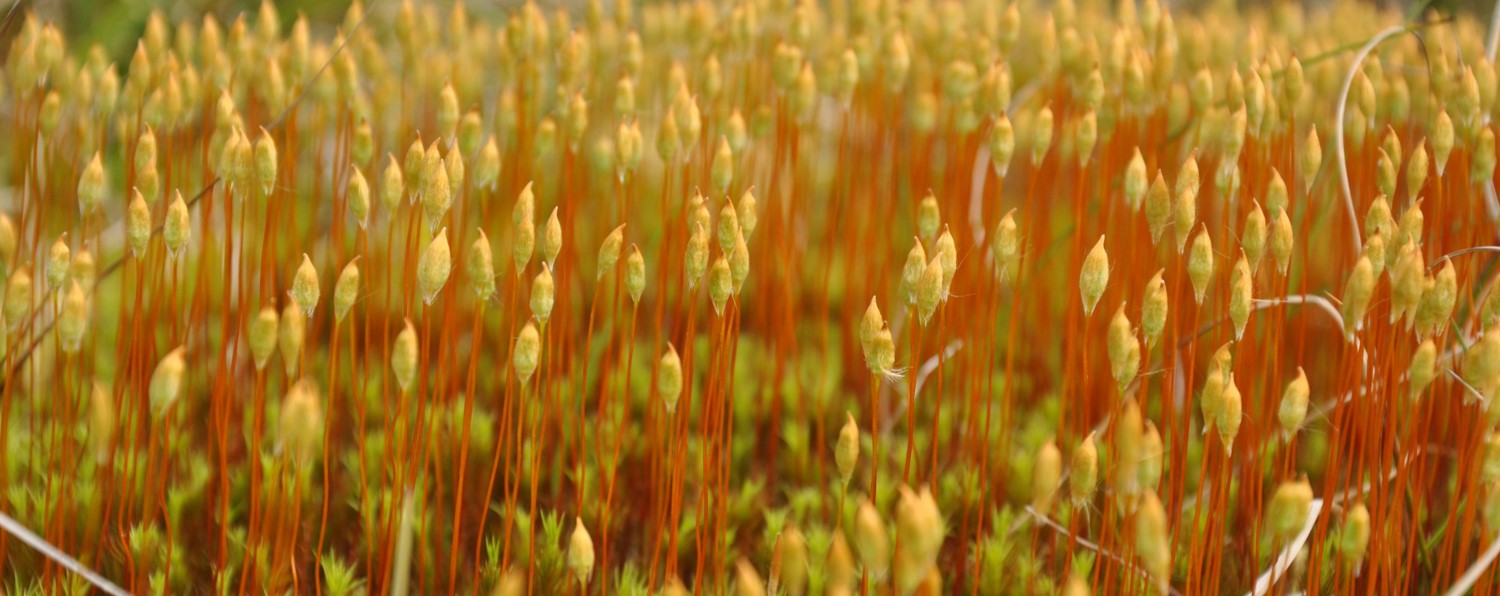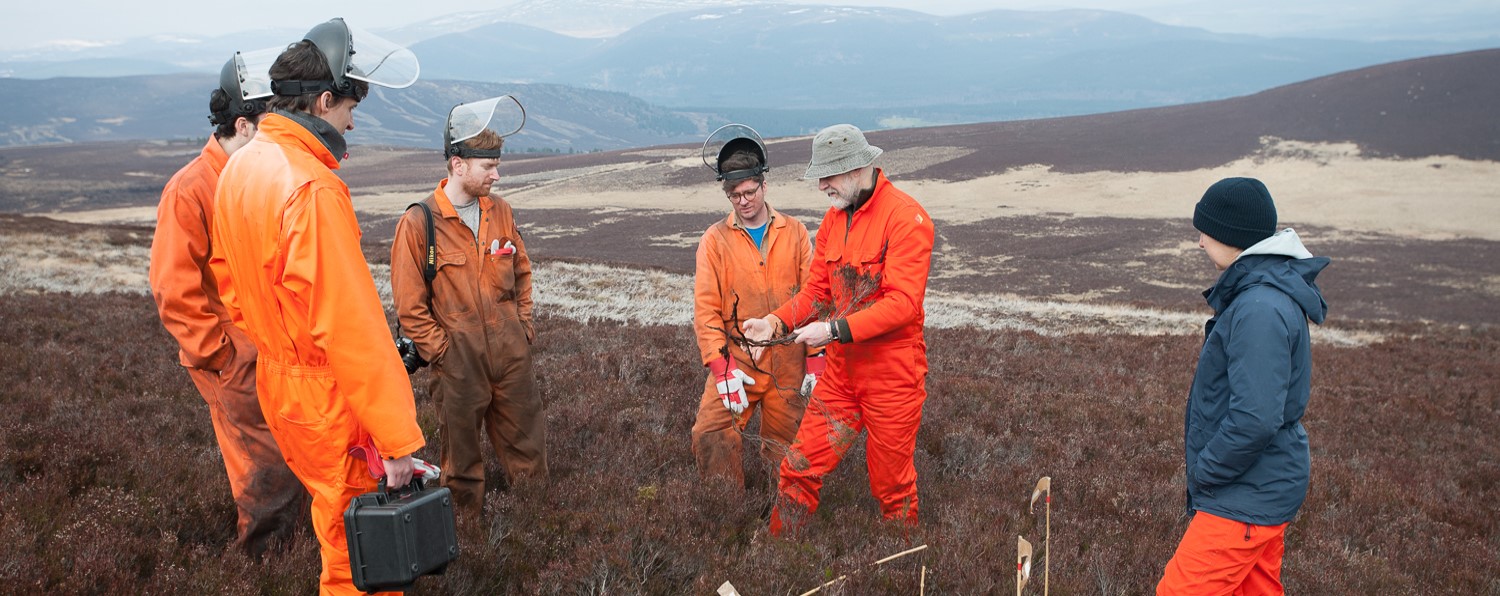Mapping fuel type to Scottish habitats (Responsibility: JHI, Aberdeen)
Fuel type (inc. load and structure) has a critical control on fire behaviour and is broadly associated with variation in vegetation type. Just as with habitat/vegetation classification there are a range of resolutions to which fuels can be classified. Linking variation in vegetation composition and structure to potential fire behaviour is therefore important.
The project focuses on different categories of moorland and heaths, upland grasslands (Molinia) and the mosaics which they form: vegetation types of critical concern in terms of potential fire risk and environmental concerns. The HabMoS - EUNIS land cover Scotland and NVC vegetation classification systems which are used to classify and select habitat types, are being examined to develop a practical framework linking vegetation type/habitat with fuel type (load and structure) at broad and fine scales. Existing data for fuel type is supplemented with generated new data to assess the correspondence between habitat/vegetation type as classified by the different systems as an indicator of fuel type.
Spatial variation of fuel type will be determined at a range of scales to determine variation and suitability of classification systems. This will also incorporate past management (e.g. time since last burn). Fuel parameters are sensitive to season and plant phenology (balance between dead and live materials) and these variables are also addressed.

